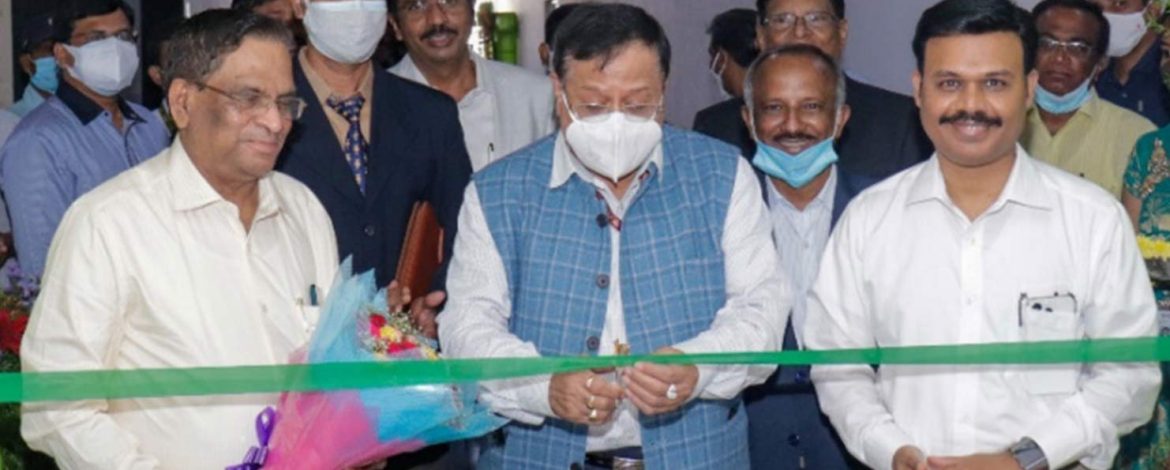Transform electrochemistry to energy storage with disruptive new materials created with an intention to go all-electric using 100% indigenously developed battery technologies.
Aligned with India’s national mission on transformative mobility and battery storage, the Centre is committed to driving clean, connected, shared and sustainable mobility initiatives. With India having announced its ambitious intent to go all-electric by 2030, the Centre will tap the application and product-oriented interdisciplinary research to drive fast-charging, low-cost, battery electronic materials on a large scale using cost-effective manufacturing methods, high ionic conductivity electrolytes, industrial-scale fabrication of porous battery electrodes using 3D printing technology, and custom-designed efficient thermal and electronic control protocols for assembled battery packs.
Currently, the total cost of Lithium-ion batteries in Electric Vehicle, EV (75 kWh capacity) is US$ 15,000 (~INR 10.5 lakhs) with a 300 km drive range per charge. The cost of the batteries is more than half the cost of the vehicle and sometimes equal to the cost of the vehicle. The battery cost and its charging infrastructure are critical barriers to the growth of the EV market in India and abroad.
Coming Soon...

We’re excited about this successful partnership and address the challenges of making ultra-high-performance batteries. This is a testament to our deep commitment towards application-oriented research in the Renewable Energy sector at SRM University-AP. The world needs a new generation of reliable, safe, sustainable, and affordable batteries. Climate change, emission by road traffic, and the finite nature of fossil fuels make sustainable energy technology an important task for the future.”
~ Prof. D Narayan Rao

The Centre of Excellence intends to bring cross-pollination of ideas and catalyse new-age innovations. Batteries are critical technologies to achieve deep decarbonisation of the energy system, creating smarter transport with electro-mobility and a smarter power grid with the storage of intermittent renewable energy sources. This means establishing an acceleration platform for the discovery of new battery materials using machine learning and 3D printing, especially focusing on interfaces in batteries where reactions take place that can be detrimental to battery life. We will design smart functionalities down to the battery cell level and pay particular attention to sustainability issues."
~ Sri S Vijayanand, CEO, Amara Raja Batteries Limited



